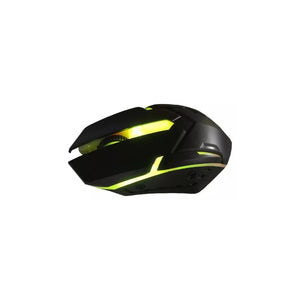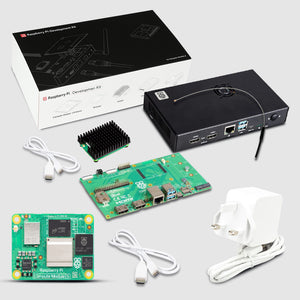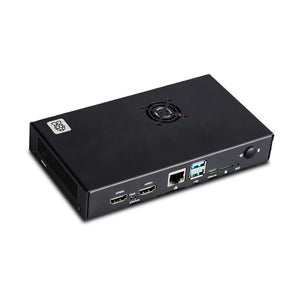Now that you got your PiTalk, follow these steps to get your PiTalk up and ready to go.
- Connect the SMA Antenna to the shield as shown below

- Insert the micro SIM card in the SIM slot to the bottom of the PiTalk

- Different ways to connect PiTalk (PiPhone) with Raspberry Pi Technology:
- GPIO based – In this case PiTalk takes power from Raspberry PI GPIO and communicate with the Raspberry Pi GPIO14 and GPIO15 (i.e. serial port)

- USB based – In this case you need two USB cable one for power and one for communication

- GPIO and USB – In this case, PiTalk takes power from Raspberry Pi GPIO communicate through USB and GPIO both. This case is used when you want to access the Internet and check call/SMS indications also

- Now you have to connect a power supply to either PiTalk or Raspberry Pi
- Now press the On/Off button on PiTalk. You will see the Netlight LED will start blinking at the very faster rate. Once the network is registered the rate of blinking will be changed.

- PiTalk comes with two Communication ports i.e. GPIO based and USB based (bottom side of PiTalk)
- GPIO based: It will use the GPIO 14 and GPIO 15 of Raspberry Pi. Raspberry Pi 3 will use ttyS0 port and for raspberry pi 2 and Raspberry Pi Zero it will use ttyAMA0 port for communication.
- USB based: Connect USB cable with PiTalk comm. Port (on the Bottom side) and Open terminal and type:
dmesg
- You will see that ttyUSB3 comm port will be allocated for PiTalk.
- If it is not allocated then you have to update your Raspberry Pi OS to the latest version or open terminal and type:
sudo rpi-update
sudo reboot
- After reboot again type dmesg and check ttyUSB3 comm port will be allocated.
Now your PiTalk is ready to use now you can communicate with PiTalk easily either through GPIO mode, USB mode or using both modes
Source: SB Components Blog














